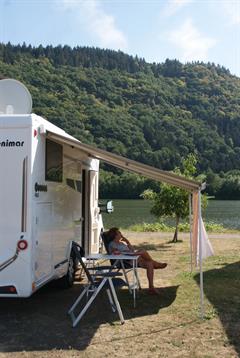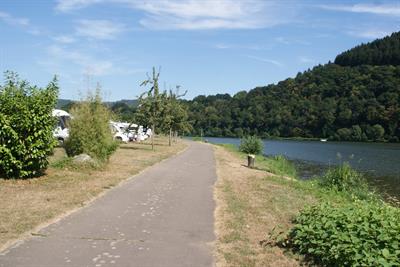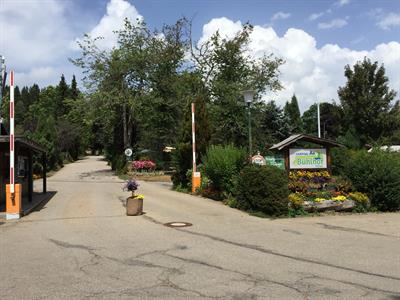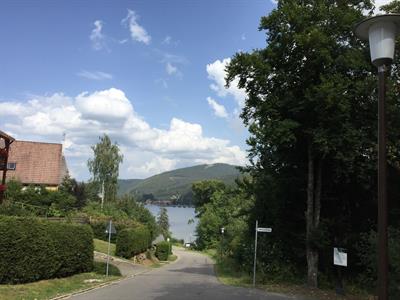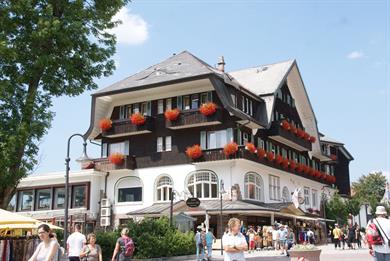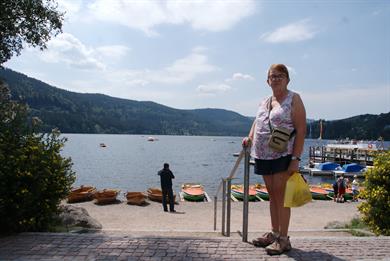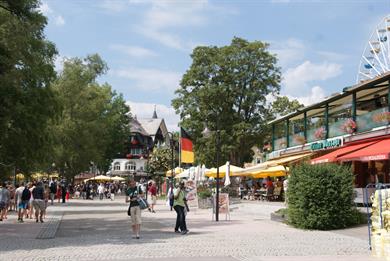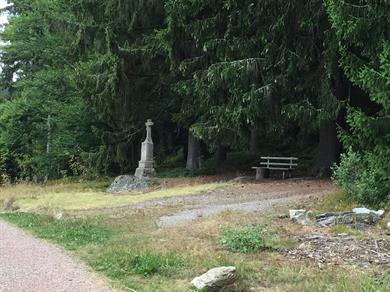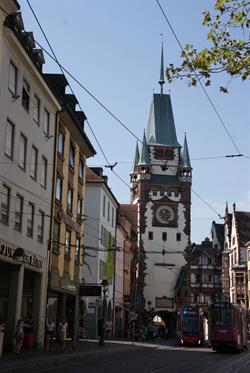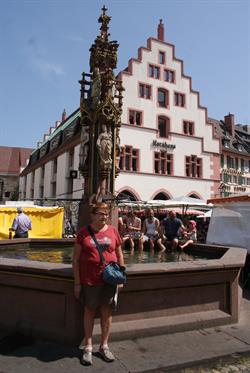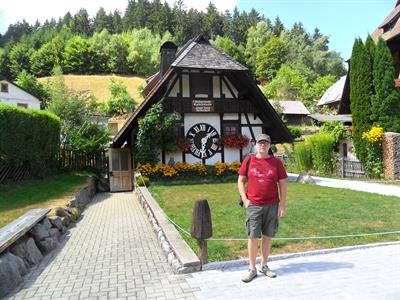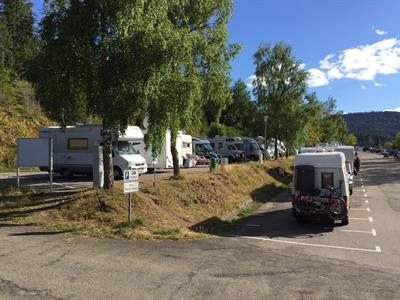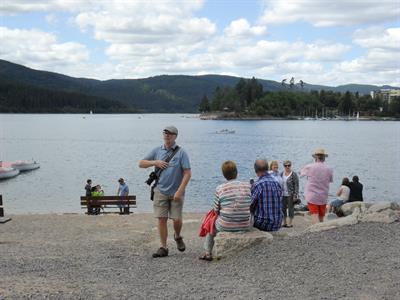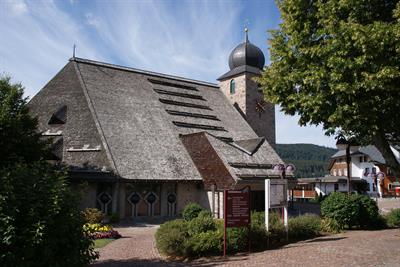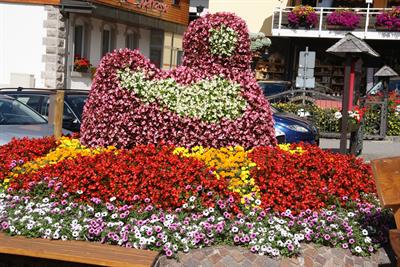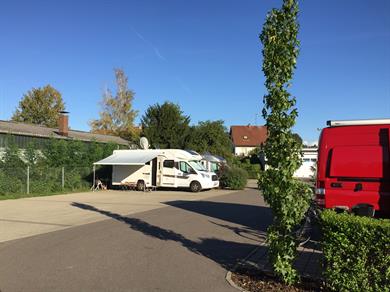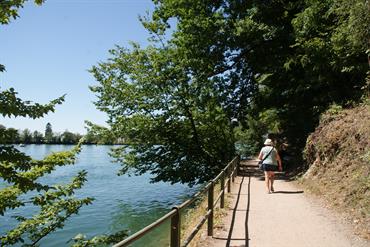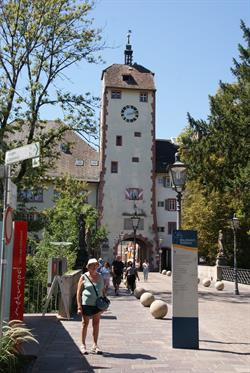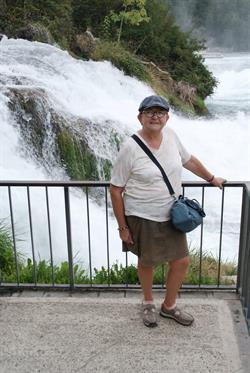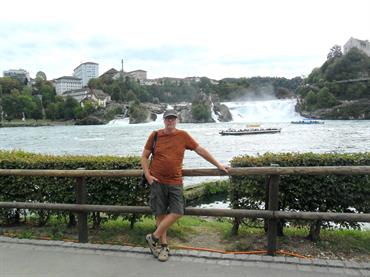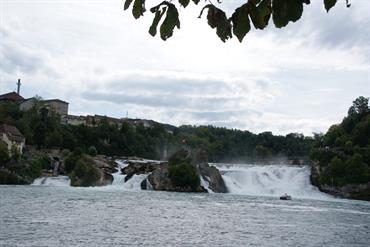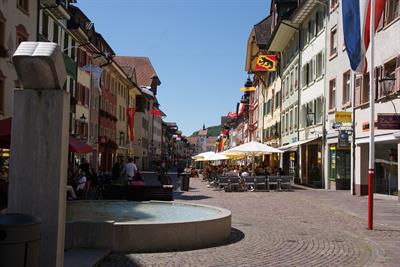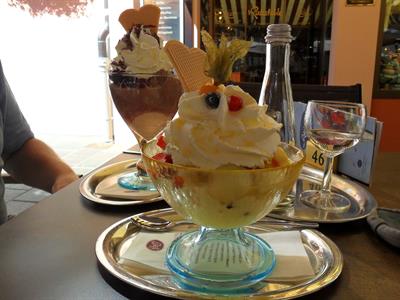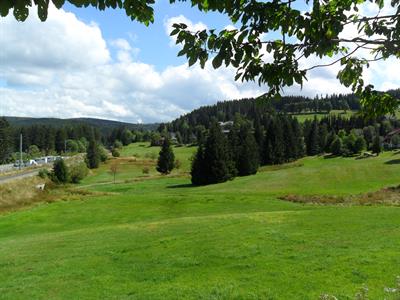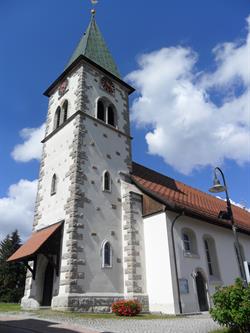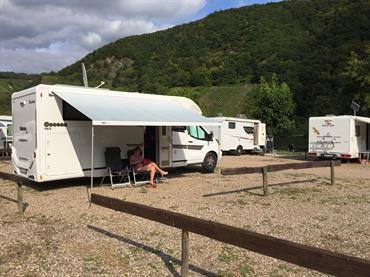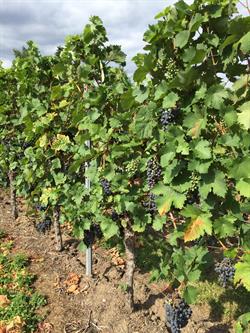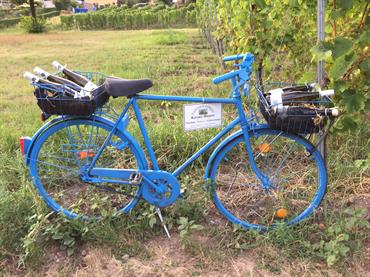Aire de camping-car park de Flocques - 1 rue des Pommiers, 76260 Flocques – GPS : 50.034695°, 1.361022° - 30pl/10.78€ – all amenities – on the banks of the “La Manche” – 3km from Le Tréport
Camping municipal Chateaubriand - Rue Châteaubriand, 22100 Dinan – small campsite 48pl/14€ - all amenities (no waste water discharge) – 500m from the center – very helpful owners. From this campsite we went by bus to Saint-Malo. Very easy and direct connection to Saint-Malo station.
Aire de camping-car park de Fréhel - La Ville Oie, 22240 Fréhel - GPS : N 48.650627° W 2.353177° - 45pl/10.40€ - all amenities
Camping Le Point de vue - rue du lac 104, Mûr de Bretagne, 22530 Guerlédan – 18€/night acsi (we only had to pay 34€ for 2 nights tourist tax included) – all amenities – located on the lake – arrival from 2 pm – quiet campsite and friendly owners.
Aire de camping-car park de Cléder - Le Poulennou, Cléder - GPS : n48.691896 w4.119523 – 20pl/12.60€ - all amenities – 50m from the beach – it was wonderful to sit on that beach in the evening
Aire de Camping-Car de Ménéham – Lestonquet, Kerlouan GPS: n48.66952 w4.36161 – 50pl/8€ - all amenities, electricity 3.5€/24h – 900m to the meneham site
Official motorhome parking - Rue de Bertheaume, Plougonvelin - GPS: n48.33792 w4.70742 – 80pl/9€ - all amenities included – 800m to fortress – pitches are spacious enough – little shade
Campsite Locronan - Rue de la Troménie 10, Locronan – €17.10/night – all amenities – 800m to the center – beautiful places, we had a pitch with a sea view
Camping municipal du bois du séminaire - Avenue des Oiseaux, Quimper – 15€/night – all amenities – office closed on Wednesdays – 1,8km from the center
Camping Les Sables Blancs - avenue du Dorlet 17, Concarneau – 20€/night acsi – all amenities – 1.7km from the center – spacious pitches – terraced campsite with stairs between the levels – indoor swimming pool available
Camping de Kerabus - Allée des Alouettes 13, Carnac – €18/night acsi (€19.20 TTB included) – all amenities – nice cozy campsite – narrow streets with plane trees on the sides and on the pitches. The trees sometimes make it difficult to maneuver
Camping municipal Le Patis - chemin du Patis 3, La Roche-Bernard – €15.15/night – all amenities – 200m from the tourist office – we were on one of the camper pitches in front of the campsite
Official motorhome parking - Avenue de la Brière, Guérande - GPS: n47.33389 w2.42083 – 25pl/free – facilities without electricity – 900m to the center – salt pans 3 km from the center
Camping Les Rives de l'Oust - Rue des Tanneurs, Malestroit – 15.5€/night – all amenities – 500m from the center – very quiet campsite – we had a very large pitch – although it was the end of June, few places were taken
Camping municipal de Paimpont - rue du Chevalier Lancelot du Lac, Paimpont – 16.90€/night - office 8.30am to 12.30pm – service point camper near the campsite – all amenities – our corner pitch was also very large
Bassin de l'Est - Official motorhome parking - Quai de la cale, 14600 Honfleur – 240pl/11€ - all amenities included - pay attention! Slightly less than half of the pitches have electricity – we were always lucky and had electricity – very large motorhome where everyone is close to each other – gravel surface but when it rains large puddles form on and between the pitches – ideal for 1 night and for a visit to Honfleur which is located 500m from the camp
We couldn't stay overnight in every place we visited. Below you will find the car parks where we could go with the motorhome:
Le Tréport: is an official motorhome site on top of the rocks, but we only parked there. The price was the same as in a regular parking lot. Quai Sadi Carnot, 76470, Le Tréport – 7€/52pl – facilities without electricity - GPS: n50.05777 o1.36222
Cap Fréhel: parking - Route du Cap, 22240 Fréhel – 5€ for motorhomes
Pointe Saint-Mathieu: free parking at the lighthouse, just past Rue Antre Kéar, Plougonvelin. There can be about 10 motorhomes. Otherwise there are still possibilities in the area. Parking is not a problem in the low season.











